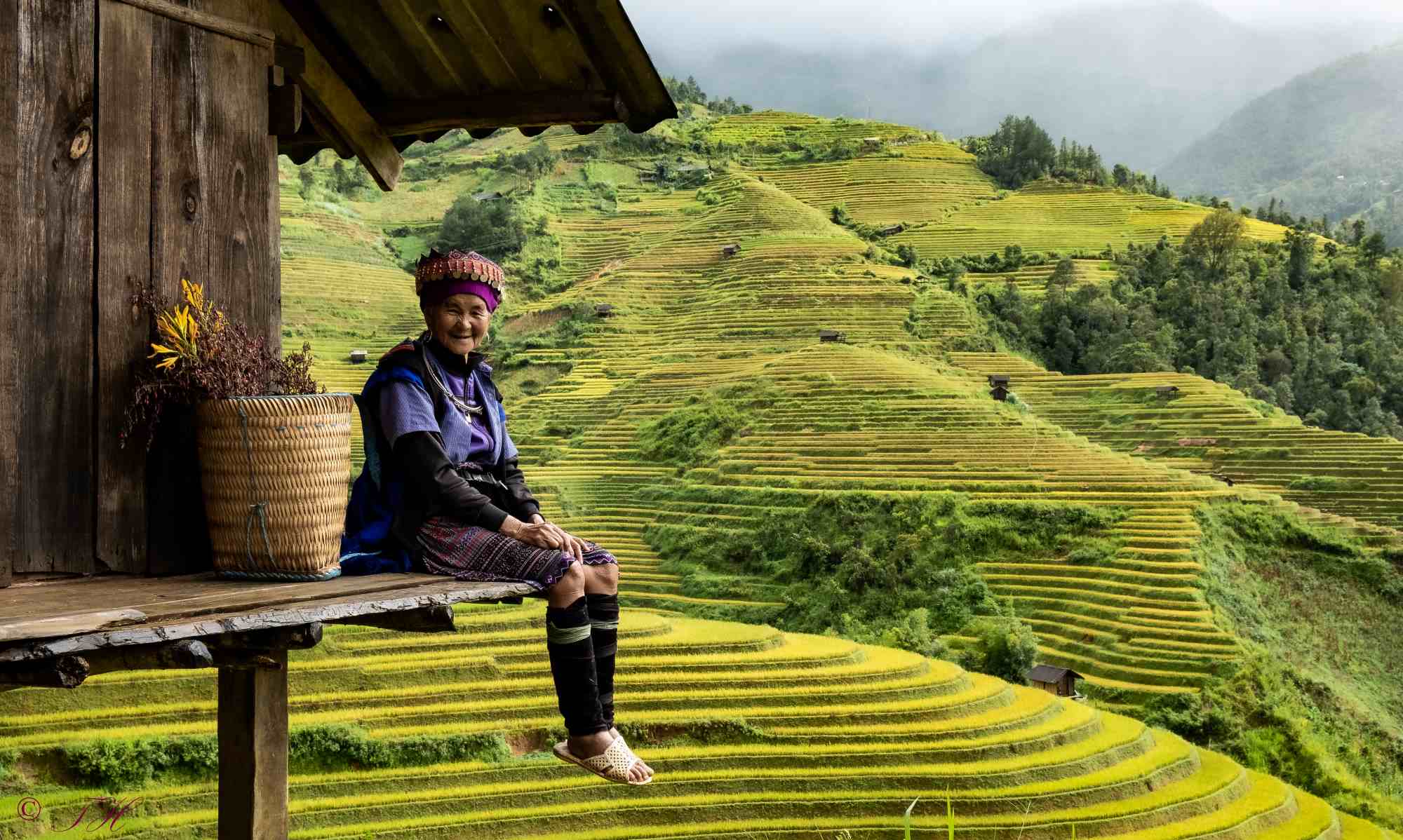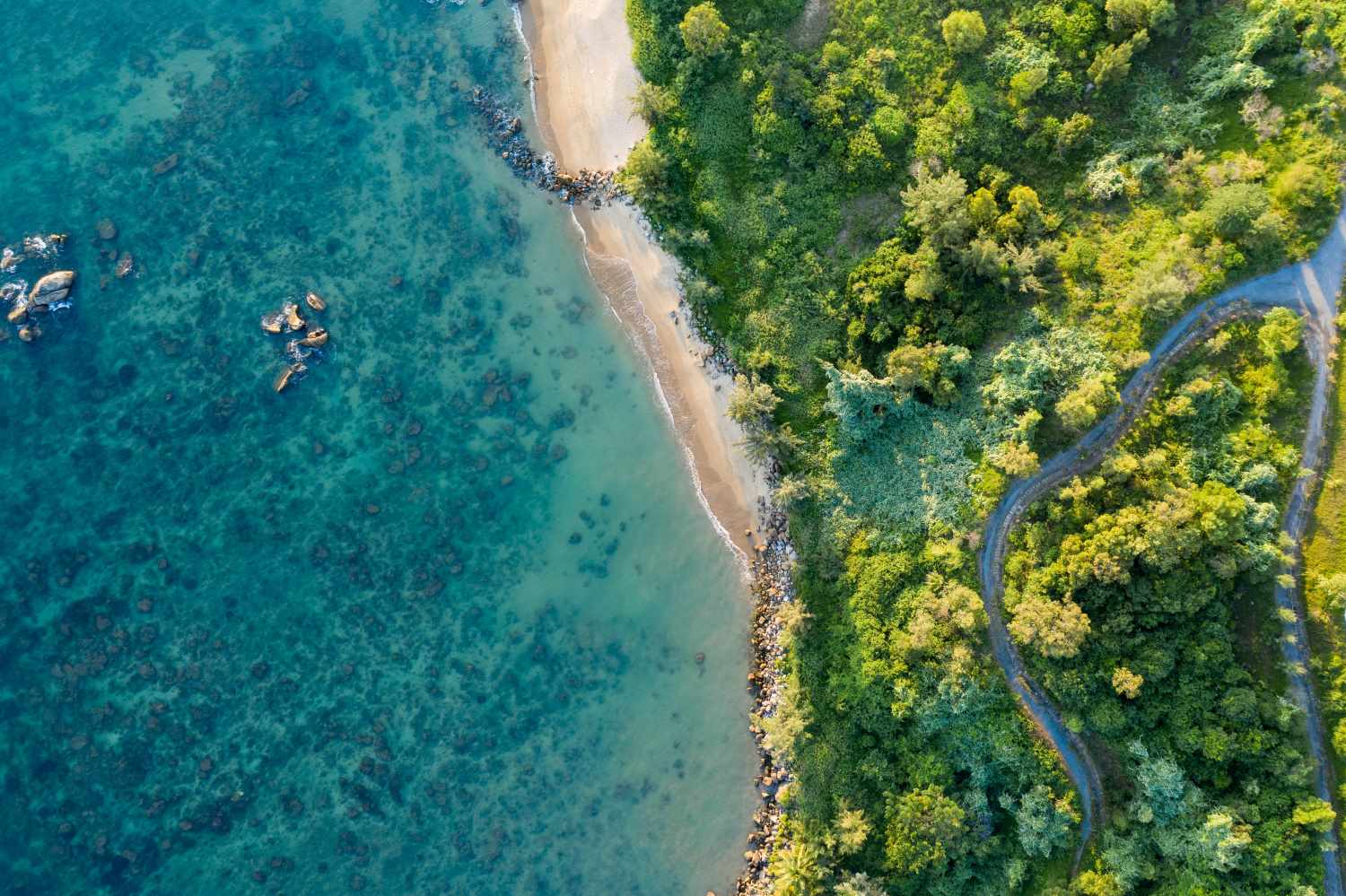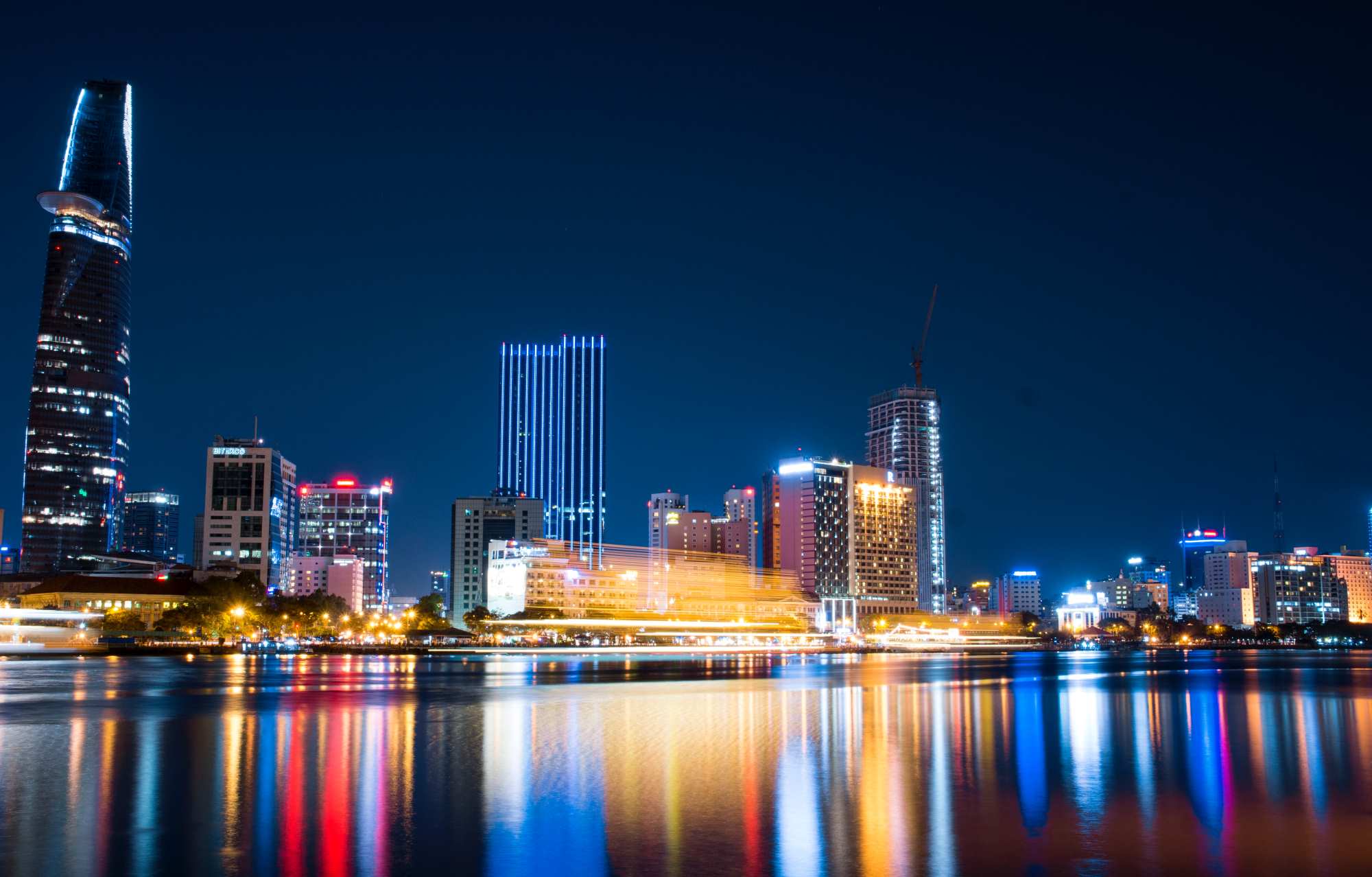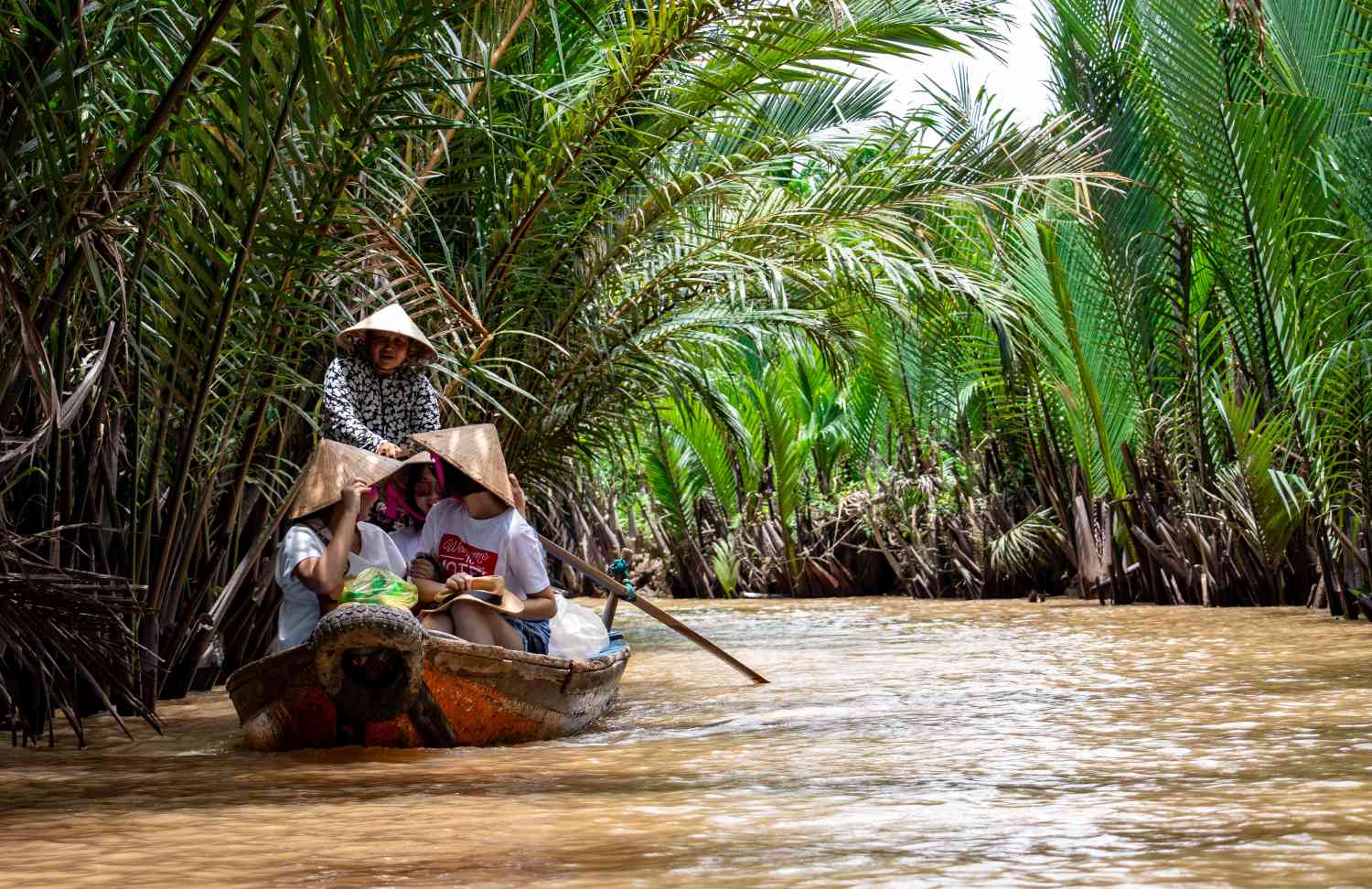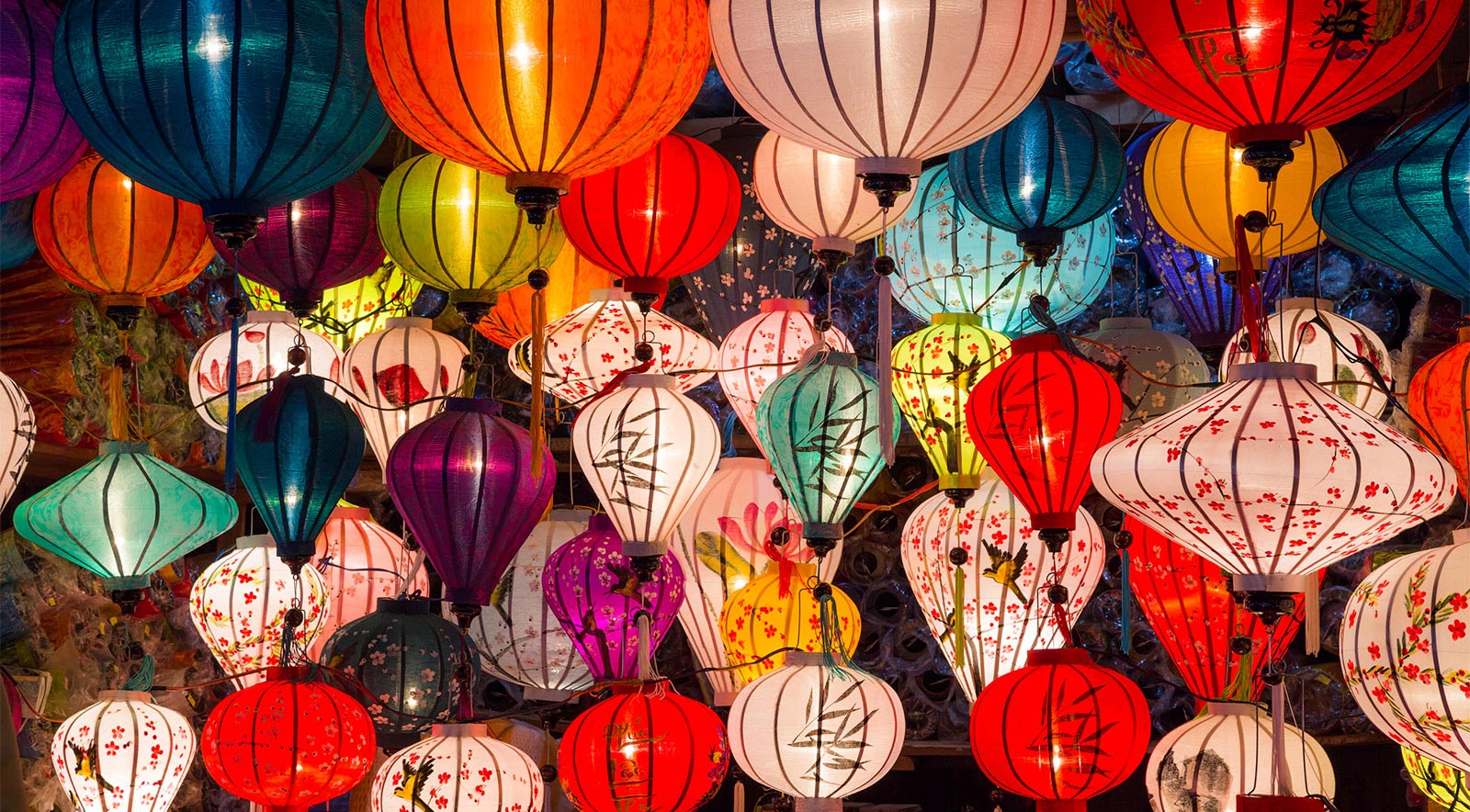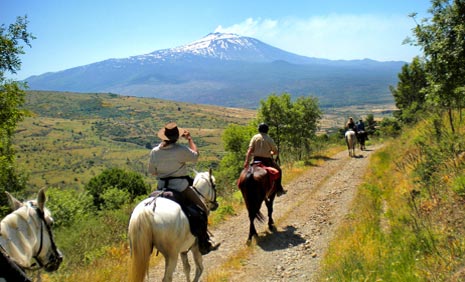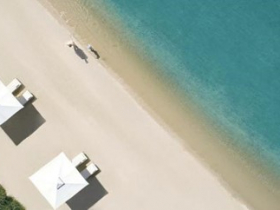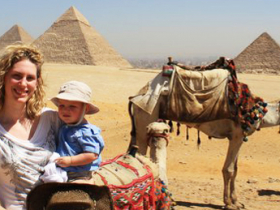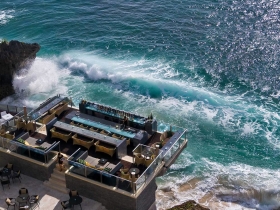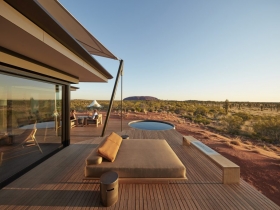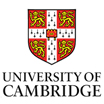Boasting hill tribe Villages, traditional junk boats, beautiful beaches and mouth- watering cuisine, Vietnam is simply entrancing. Its unique geography means that there’s always one part of the country that enjoys great weather whatever month you go!
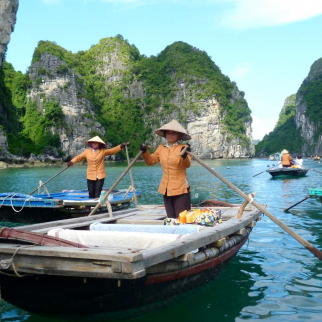
Halong
HalongThis UNESCO World Heritage Site is known for its stunning limestone cliffs and thousands of islands and islets scattered throughout the bay, creating a breathtaking seascape.
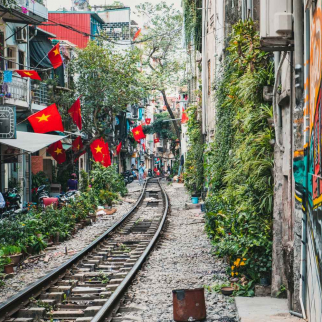
Hanoi
HanoiThe metropolitan city and capital of Vietnam is a firm favourite with travellers. With colonial buildings, ancient pagodas, delicious cuisine and so much to do, it’s easy to see why it’s so popular.
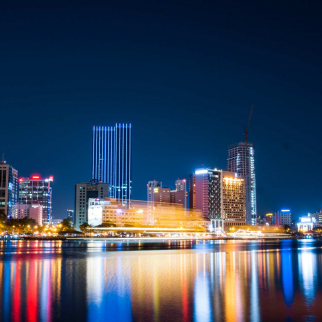
Ho Chi Minh
Ho Chi MinhVietnam’s second largest city is just as popular. It’s perfectly located for cruises on the Mekong River, visits to neighbouring Cambodia and day trips to the Cu Chi Tunnels. Its southern location keeps temperatures stable, so rooftop bars are plentiful
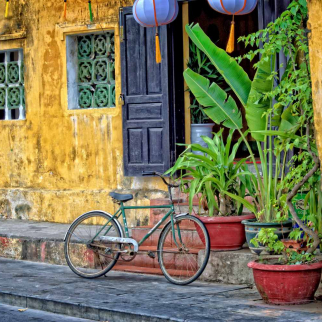
Hoi An and Danang
Hoi An and DanangHoi An, a picturesque gem in central Vietnam, boasts a stunning old town with lantern-lit streets & historic architecture. Da Nang offers a modern coastal escape, a beautiful beach and landmarks such as the Dragon Bridge & Marble Mountains.

Hue
HueSet on the Perfume River, Hue is filled with ancient buildings like the Mausoleum of Emperor Tu Duc, Thien Mu Pagoda and the Imperial Citadel, it’s just brimming with history. Be sure to also try Hue’s famous Bun bo Hue (Hue-style beef noodles).
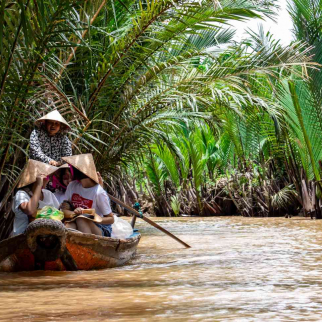
Mekong Delta
Mekong DeltaVietnam’s Mekong Delta is a watery world of lush green rice paddies, floating markets, and vibrant river life. Explore the network of canals and waterways by boat, sample local fruits and delicacies, and experience the unique cultures of the region.
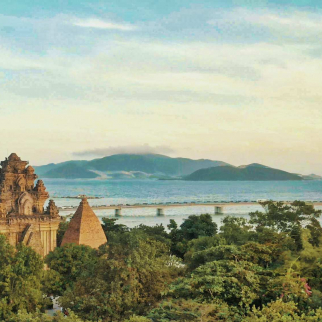
Nha Trang
Nha TrangA beach lover’s paradise, Nha Trang is Vietnam’s premier coastal resort, offering white sand and crystal-clear waters for swimming and watersports. Dine on delicious seafood, or explore nearby natural wonders like the Hon Ba Nature Reserve.
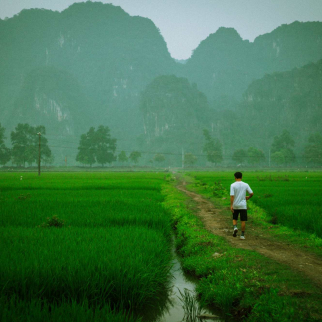
Ninh Binh
Ninh BinhKnown as the Ha Long Bay on land due to its’ magical riverine landscape and limestone mountains, this area just 95 kilometres from Hanoi provides a blissful escape from the hustle and bustle of the capital.
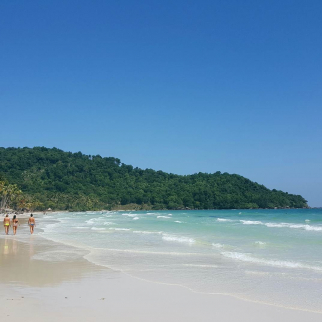
Phu Quoc
Phu QuocVietnam’s largest island, tropical Phu Quoc offers palm-lined beaches, crystal-clear waters, and a laid-back atmosphere. Snorkel or dive in the surrounding coral reefs, indulge in fresh seafood, and soak up the island’s natural beauty.
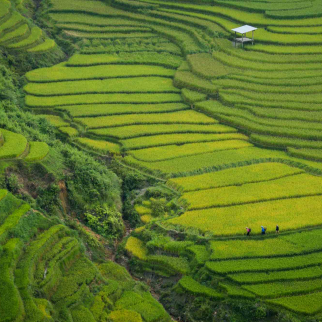
Sapa and the far North
Sapa and the far NorthNestled in the rolling hills of Vietnam’s northwest, Sapa and the surrounding Tonkinese Alps are renowned for scenic trekking routes, stunning rice terraces, and colorful ethnic minority communities, as well as the highest peak in Vietnam, Fansipan.
Browse through our itineraries for inspiration. This is just a starting point for your plans so please do get in touch to design one that will meet your exact specifications.
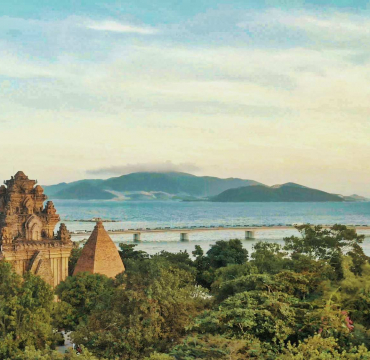
Vietnam Family Holiday
This comprehensive itinerary offers an incorporates the bustling city of Hanoi with it's incredible flavours, sights and friendly locals with total relaxation time in the laid back Hoi An, a stunning city with lanterns and lights lining the streets. You'll also travel to Hue to see the beautiful landscape surrounding this area and finish up in Ho Chi Minh City, a year round city perfect for rooftop dining and a range of unique activities.
Planning your trip
There are direct flights into Hanoi and Ho Chi Minh City several times per week with Vietnam Airlines or Bamboo Airways, however an indirect flight with Singapore Airlines, Thai, Emirates or similar is usually much more cost effective. If flying indirectly you’ll often transit in places like Singapore, Dubai, Doha or Kuala Lumpur. There are regional flights from Bangkok and Singapore into and out of some regional airports such as Danang, Nha Trang and Phu Quoc. We usually arrange an open-jaw ticket into one city and out of another to avoid having to backtrack.
Getting around Vietnam can be done in a mixture of ways – we often incorporate domestic flights for longer distances from North to South or vice versa, but there are some iconic rail journeys available too, including overnight sleeper trains (not especially luxurious, but fun) along the coast from Hanoi to Ho Chi Minh City. You can also take the overnight train up north to Sapa if you’re up for an adventure. There is a new luxury daytime train from Danang to Quy Nonh which is a very scenic way to travel south from Hoi An or the central beachesin great comfort. For shorter distances, we generally arrange private road transfers with a car and driver, which are usually the best way to get from A to B.
Quick country facts
- Recommended airlines
Emirates via Dubai, Qatar Airways via Doha, Singapore Airlines via Singapore and Malaysian Airlines via Kuala Lumpur. - Flight time
Around 11 -17 hours depending on the length of connection. - Time zone:
GMT +7 - Visa requirements:
Free Visa on arrival for up to 15 days (UK passport)
Useful Links
Entry Requirements & safety
UK Foreign Office Travel Advisory
Health & immunisations
NHS Scotland Fit for Travel
General country information
BBC Country Profile
Lonely Planet
Weather
Weather2Travel
BBC Weather
Accommodation and costs
Vietnam has a broad range of accommodation, from slick city hotels and pampering beach resorts to boutique and eco-hotels and simple home-stays in the countryside. Vietnam is one of the most affordable destinations to do in luxury in Asia, so even with a modest budget it’s possible to include hotels of an excellent standard, and for those with more to spend there are some very high-end options designed for those wanting the very best. If you are heading North and into Sapa and the Tonkinese Alps then expect accommodation to be simpler in some places, as these are rural areas with significantly less development which of course is part of its charm.
How long to stay
With the time taken to get here, 10 days would be the minimum we’d recommend in Vietnam, although if you’re combing Vietnam with another destination and are happy just to dip into one region, then 5-7 days offers a good taster experience. If flying indirect, a short city stopover on the way there or way back is also highly recommended in places such as Hong Kong, Singapore and Kuala Lumpur to split the long journey and to add a fun city break in to the mix.
In two weeks, you can expect to see three to five areas along the length of Vietnam from Hanoi to Ho Chi Minh or vice versa, and 3-4 weeks would give you time to add in several harder-to-reach areas or extra stops on the way. The average itinerary includes either Hanoi or Ho Chi Minh or both, as these are the easiest airports to fly in and out of. Whether your itinerary focuseses on the North, Centre or South, or adds in elements from all areas of the country, depends on the time of year you’re visiting as weather is very different in each area.
Weather and when to go
Due to the sheer length of Vietnam, the weather can be very different in the North and South than it is in the centre, which means there’s usually good weather in at least one part of Vietnam year-round, as the seasons hit different areas at different times.
The best time to experience pretty good weather across the whole country is March-April, where on the whole there’s good weather everywhere.
Hanoi, Ho Chi Minh, Mekong Delta and southern beaches are all best from December to May when it’s generally warm and dry. From May to November it’s the rainy season and sightseeing is still possible, just expect the odd downpour! Hanoi can get chillier in the winter months December to March but usually dips only to around 17C. The south remains warm all year round.
Central Vietnam (Hue, Da Nang and Hoi An) is best from February-August, with warm, dry weather. The region can experience Typhoons in the wet season so we’d generally suggest avoiding October and November in this area.
Sapa and the trekking areas in the North are best during October and November, and from March to May. We recommend avoiding this area during the winter (December-February) as it can get very cold but does look beautiful, and again during the rainy season May to September. Halong Bay is often too misty and rainy to be worth visiting during rainy season.
Going out of peak season in what we call ‘shoulder season’ (ie either side of peak season) means that you can avoid the crowds and also benefit from lower prices. The busiest times year to travel to Vietnam are March/April and July/August when the UK school holiday breaks happen. To get the best prices for peak season, it is advised to book at least 8-12 months in advance.
- JAN
- FEB
- MAR
- APR
- MAY
- JUN
- JUL
- AUG
- SEP
- OCT
- NOV
- DEC
- Best
- Good
- OK
- NOT ADVISED
